CD9
-
Official Full Name
CD9 Molecule -
Overview
This gene encodes a member of the transmembrane 4 superfamily, also known as the tetraspanin family. Tetraspanins are cell surface glycoproteins with four transmembrane domains that form multimeric complexes with other cell surface proteins. The encoded protein functions in many cellular processes including differentiation, adhesion, and signal transduction, and expression of this gene plays a critical role in the suppression of cancer cell motility and metastasis. -
Synonyms
GIG2;CD9 antigen;5H9 antigen;tetraspanin-29;BA-2/p24 antigen;CD9 antigen (p24);OTTHUMP00000041574;OTTHUMP00000041575;P24;OTTHUMP00000041576;OTTHUMP00000238624;MIC3;MRP-1;BTCC-1;DRAP-27;TSPAN29;FLJ99568;BA2;TSPAN-29;CD9;Cell growth-inhibiting gene 2 protein;Leukocyte antigen MIC3;Motility-related protein;antigen defined by Monoclonal 602-29;p24 antigen;motility related protein-1;growth-inhibiting gene 2 protein;5H9;motility related protein;CD9 molecule
Recombinant Proteins
- Human
- Mouse
- Chicken
- Rhesus macaque
- Bovine
- Sus scrofa (Pig)
- Chlorocebus Aethiops
- Felis catus
- Rat
- E.coli
- HEK293
- CHO
- Wheat Germ
- Mammalian Cells
- Human
- Human Cells
- Insect cells
- In Vitro Cell Free System
- His
- DDK
- Myc
- Fc
- GST
- Non
- Flag
- GFP
- Avi
Background
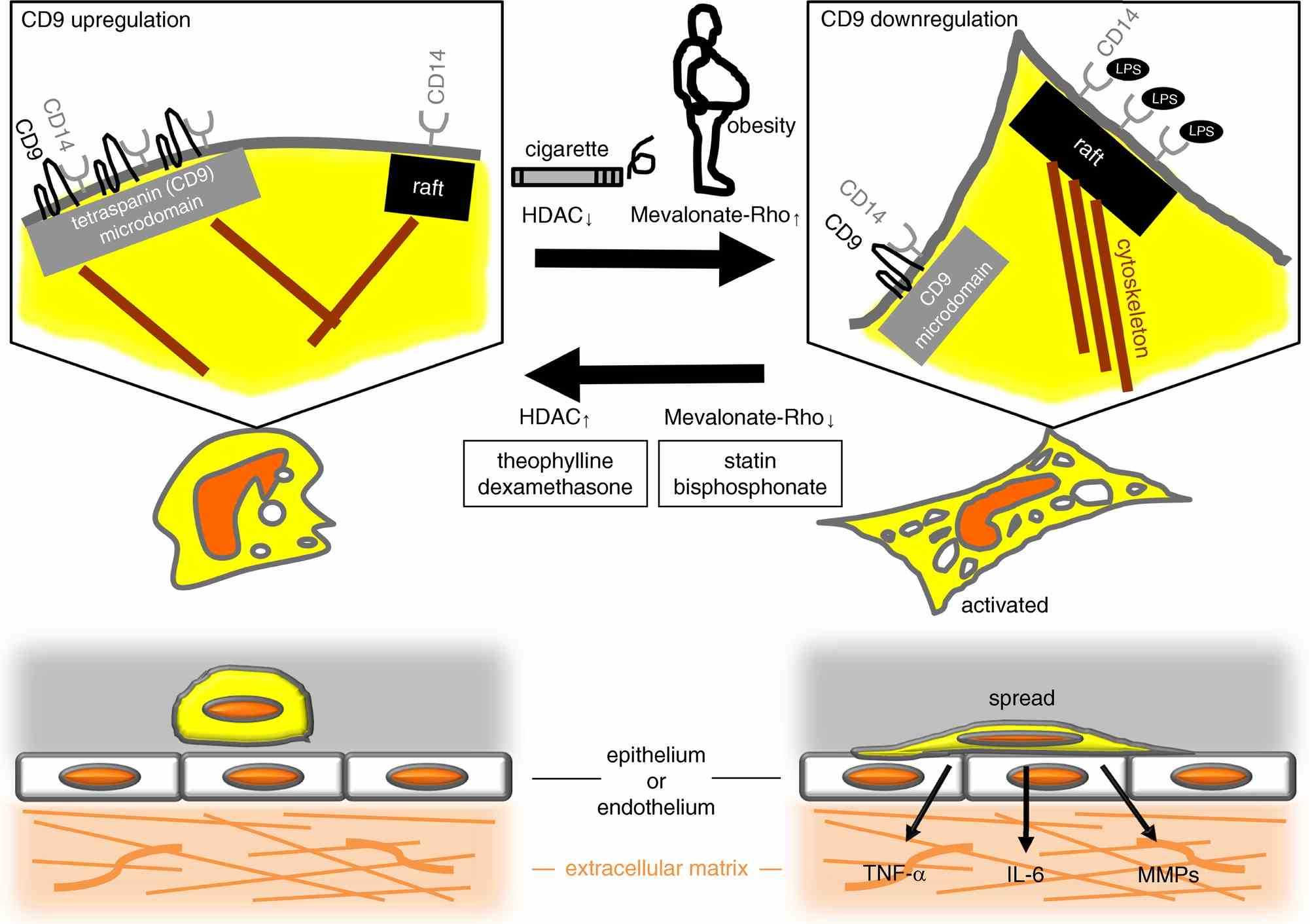
Fig1. A schematic model illustrating negative regulation of macrophage activation by the CD9-enriched microdomain. (Yoshito Takeda, 2015)
What is CD9 protein?
CD9 gene (CD9 molecule) is a protein coding gene which situated on the short arm of chromosome 12 at locus 12p13. This gene encodes a member of the transmembrane 4 superfamily, also known as the tetraspanin family. Tetraspanins are cell surface glycoproteins with four transmembrane domains that form multimeric complexes with other cell surface proteins. The encoded protein functions in many cellular processes including differentiation, adhesion, and signal transduction, and expression of this gene plays a critical role in the suppression of cancer cell motility and metastasis. The CD9 protein is consisted of 228 amino acids and CD9 molecular weight is approximately 25.4 kDa.
What is the function of CD9 protein?
It plays a crucial role in various cellular processes such as differentiation, adhesion, and signal transduction. The expression of CD9 is critical in the suppression of cancer cell motility and metastasis. It is also an integral membrane protein associated with integrins, which helps regulate processes like sperm-egg fusion, platelet activation and aggregation, and cell adhesion. Furthermore, CD9 is involved in cell adhesion, cell motility, and tumor metastasis, and it is present at the cell surface of oocytes, where it is key in sperm-egg fusion, possibly by organizing multiprotein complexes and the morphology of the membrane required for the fusion.
CD9 Related Signaling Pathway
CD9 is involved in the signaling pathway that regulates interferon gene stimulating factor (STING). STING can form oligomers and enter extracellular vesicles (EVs) after activation, and STAM protein can bind STING oligomers and transport them to EVs, thereby negatively regulating STING signaling pathways. CD9 exists in the extracellular vesicle membrane and is involved in material transfer and communication between cells. By binding to E-cadherin and b-catenin, it affects exosomal output of b-catenin, thereby stimulating the wnt signaling pathway. In B-line acute lymphoblastic leukemia (B-ALL) cells, CD9 activates the PI3K/AKT signaling pathway through direct interaction with PI3K-P85, which may have important implications for disease development and treatment.
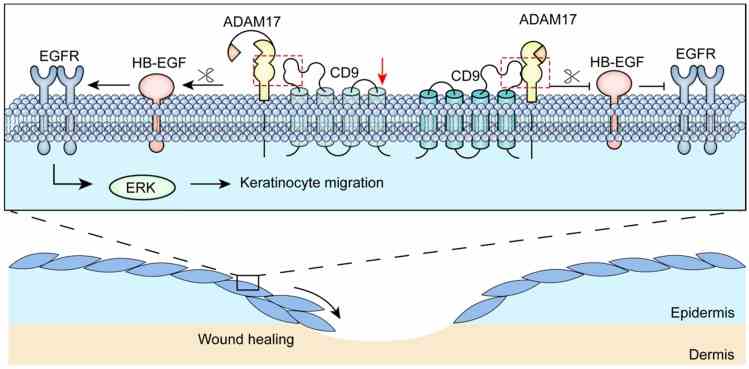
Fig2. Schematic illustrating that CD9/ADAM17 axis plays a key role in keratinocyte migration via activation of EGFR/ERK signaling pathway. (Jie Liu, 2019)
CD9 Related Diseases
In tumors, CD9 may act as a tumor promoter or inhibitor, affecting tumor genesis, metastasis, and angiogenesis. For example, in acute myeloid leukemia (AML), especially acute promyelocytic leukemia (APL), CD9 is often highly expressed. In addition, CD9 expression levels are highly associated with the risk of recurrence of acute lymphoblastic leukemia (ALL). CD9 is involved in membrane fusion, viral budding and particle release, and is closely related to various viral infections and morbidity. As a host factor, CD9 participates in the infection process of pathogens and is related to the occurrence of inflammation.
Bioapplications of CD9
CD9 exists in plasma membrane, endocytosis, nucleus, and small extracellular vesicles, and is released into body fluids. Cd9 is one of the classic markers of exosomes, and has potential application value for prognostic monitoring, drug targeted delivery system, and early diagnosis and screening of diseases. Cd9-related clinical trials involving hematologic tumors, type 1 diabetes, solid tumors, systemic sclerosis, etc., have demonstrated its potential application in disease diagnosis, treatment, prognostic monitoring, and early screening. As a host factor, CD9 is involved in the infection process of a variety of pathogens, including membrane fusion, budding and particle release of viruses, and is closely related to a variety of viral infections and morbidity.
Case Study
Case Study 1: Kai O Böker, 2018
Enhanced levels of the tetraspanin CD9 result in significantly increased numbers of extracellular vesicles with exosome-like features that were secreted from four different human cell lines. Intriguingly, exosomes and their biogenesis route display similarities to lentivirus and researchers examined the impact of CD9 expression on release and infectivity of recombinant lentiviral vectors. Although the titers of released viral particles were not increased upon production in high CD9 cells, they observed improved performance in terms of both speed and efficiency of lentiviral gene delivery into numerous human cell lines, including HEK293, HeLa, SH-SY5Y, as well as B and T lymphocytes. This study demonstrates that enhanced CD9 enables lentiviral transduction in the absence of any pseudotyping viral glycoprotein or fusogenic molecule.
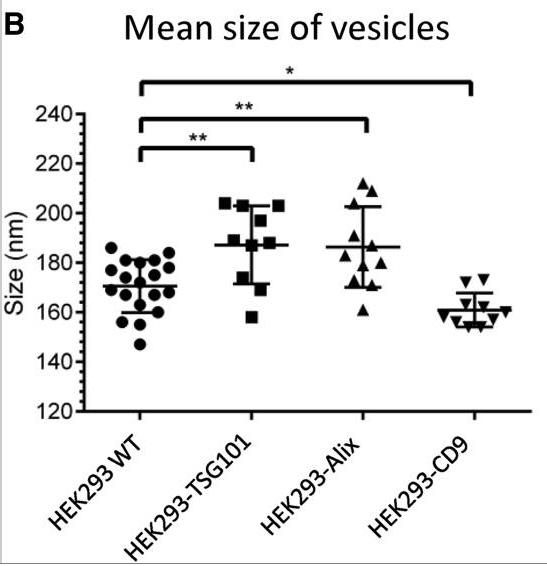
Fig1. The overexpression of CD9 led to a decreased average size of secreted vesicles.
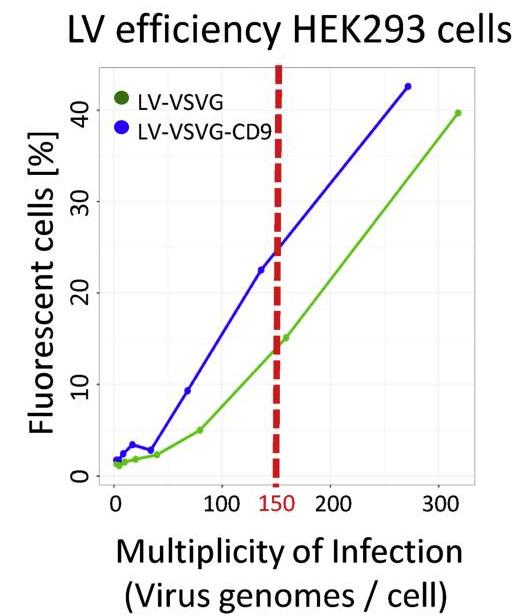
Fig2. Comparing equal amounts of LV-VSVG and LV-VSVG-CD9 revealed an increased efficiency.
Case Study 2: Natsuko Kawano, 2014
In mammals, uterine epithelium is remodeled cyclically throughout adult life for pregnancy. Despite the expression of CD9 in the uterine epithelium, its role in maternal reproduction is unclear. Here, researchers addressed this issue by examining uterine secretions collected from patients undergoing fertility treatment and fertilization-competent Cd9(-/-) mice expressing CD9-GFP in their eggs (Cd9(-/-)TG). CD9 in uterine secretions was observed as extracellular matrix-like feature, and its amount of the secretions associated with repeated pregnancy failures. They also found that the litter size of Cd9(-/-)TG female mice was significantly reduced after their first birth. Severely delayed re-epithelialization of the endometrium was then occurred. Concomitantly, vascular endothelial growth factor (VEGF) was remarkably reduced in the uterine secretions of Cd9(-/-)TG female mice.
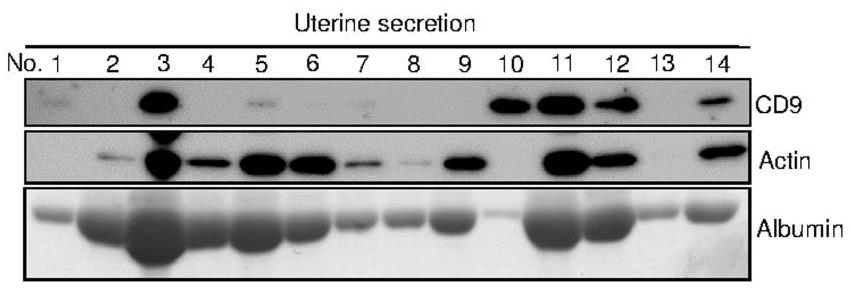
Fig3. Human samples were immunoblotted with anti-CD9 and anti-β-actin-mAbs.
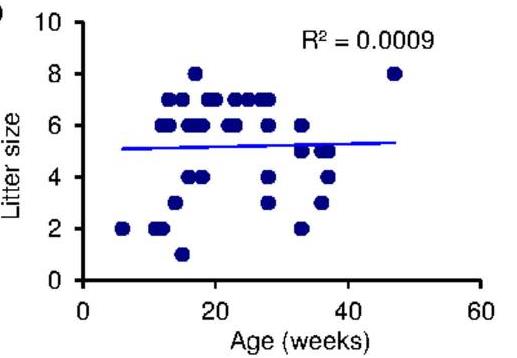
Fig4. Age-independent reduction of the litter size of Cd9−/−TG mice.
Quality Guarantee
High Purity
.jpg)
Fig1. SDS-PAGE (CD9-3867H)
.
.jpg)
Fig2. SDS-PAGE (CD9-0882H)
Involved Pathway
CD9 involved in several pathways and played different roles in them. We selected most pathways CD9 participated on our site, such as Hematopoietic cell lineage, which may be useful for your reference. Also, other proteins which involved in the same pathway with CD9 were listed below. Creative BioMart supplied nearly all the proteins listed, you can search them on our site.
| Pathway Name | Pathway Related Protein |
|---|---|
| Hematopoietic cell lineage | Cd24a,CD1C,IL4R,CSF1,HLA-DRB1,Itgam&Itgb2,CR2,Il6ra,ITGA6,TNF |
Protein Function
CD9 has several biochemical functions, for example, integrin binding,protein binding. Some of the functions are cooperated with other proteins, some of the functions could acted by CD9 itself. We selected most functions CD9 had, and list some proteins which have the same functions with CD9. You can find most of the proteins on our site.
| Function | Related Protein |
|---|---|
| integrin binding | WISP3,EMP2,DST,FBN1,NIPAL1,ADAM17,CTGFB,SEMA7A,ANXA7,ITGB1 |
| protein binding | TP53,CCDC135,CTRC,GEM,ATG13,MOB3C,CRTAC1,C8orf4,FBN1,ZNF227 |
Interacting Protein
CD9 has direct interactions with proteins and molecules. Those interactions were detected by several methods such as yeast two hybrid, co-IP, pull-down and so on. We selected proteins and molecules interacted with CD9 here. Most of them are supplied by our site. Hope this information will be useful for your research of CD9.
MME;1-phosphatidyl-1d-myo-inositol 3,5-bisphosphate;1-phosphatidyl-1d-myo-inositol 4,5-bisphosphate;ADAM10;TSPAN9;HLA-A;TFRC;HLA-DRB1;ITGB1;ANXA6;SLC3A2
Resources
Research Area
Related Services
Related Products
References
- Aoki, Y; Watanabe, T; et al. Identification of CD34(+) and CD34(-) leukemia-initiating cells in MLL-rearranged human acute lymphoblastic leukemia. BLOOD 125:967-980(2015).
- Johnson, EL; Chu, H; et al. Placental Hofbauer cells assemble and sequester HIV-1 in tetraspanin-positive compartments that are accessible to broadly neutralizing antibodies. Journal of the International AIDS Society 18:-(2015).



